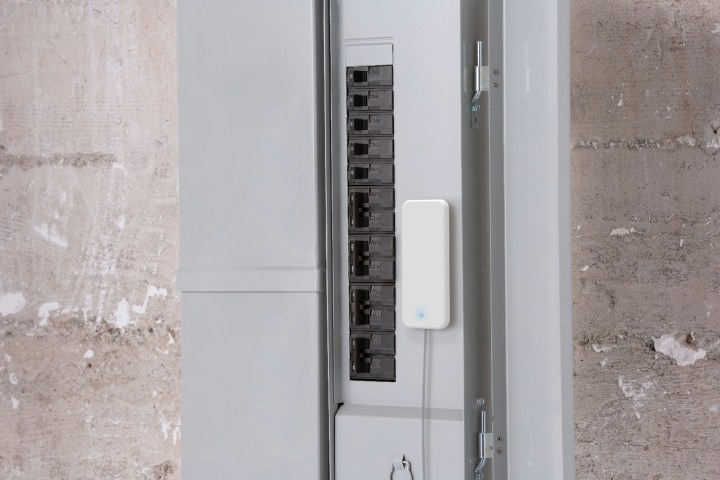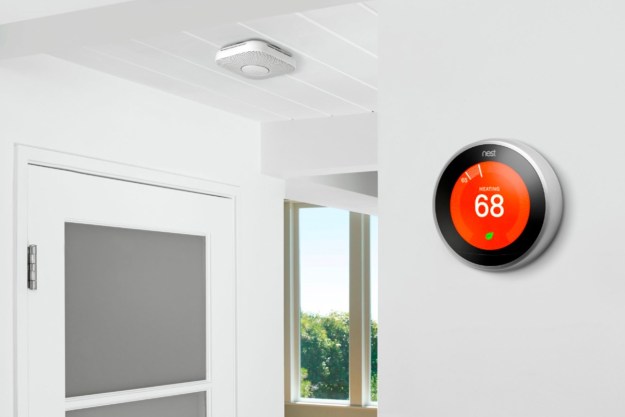
Following the acquisition of an energy-sensing tech startup called Whisker Labs, the company recently announced a new sensor that will keep tabs on the various appliances and devices in your home and let you know if any of them run into problems.
Simply attach it to an electrical panel or breaker box and it will then connect to your Wi-Fi and keep monitoring to make sure everything is in good working order. If it spots any abnormalities, you will get a notification with recommendations about next steps to take.
“[We’ve measured] electrical energy in the atmosphere for years,” Bob Marshall, founder and CEO of Earth Network, told Digital Trends. “[This involves] sampling data at 25 million times per second at our lightning detection sensors across the planet and performing high-speed digital signal processing to find the signal in the noise to precisely detect and warn of lightning strikes — right down to where you are standing with your smartphone in your hand. We leveraged [this same] lightning detection technology to develop the new DIY sensor; measuring and monitoring the electricity flowing in the electric breaker box instead of in the atmosphere.”
It’s certainly a neat idea and until we all own homes filled with connected devices that can alert us individually of problems, it’s something that is definitely needed.
“Ninety-nine percent of appliances and devices in the home are not connected,” Marshall continued. “Today, you do not know if your HVAC if working efficiently, let alone if it is about to break down. Ditto for your hot water heater, washer, dryer, and dishwasher. The failure of any one of these appliances is a major inconvenience and significant expense in any scenario.”
The Whisker Labs home energy monitoring device is set to be made available to utilities, solar and energy companies, and home automation providers in early 2017. After that, the rest of us can pick them up for sale later in the year.
No price has yet been announced, but if this works as well as is suggested, we would be willing to pay for the peace of mind alone!
Editors' Recommendations
- Home Depot’s Hubspace is a great way to start building your smart home
- What is IFTTT and how can you use it in your smart home?
- Nest Secure will be discontinued in April – prepare your smart home with these steps
- Kohler reveals luxurious smart home products that turn your bathroom into a spa
- Samsung goes all-in with AI, reveals several new smart home appliances at CES 2024


